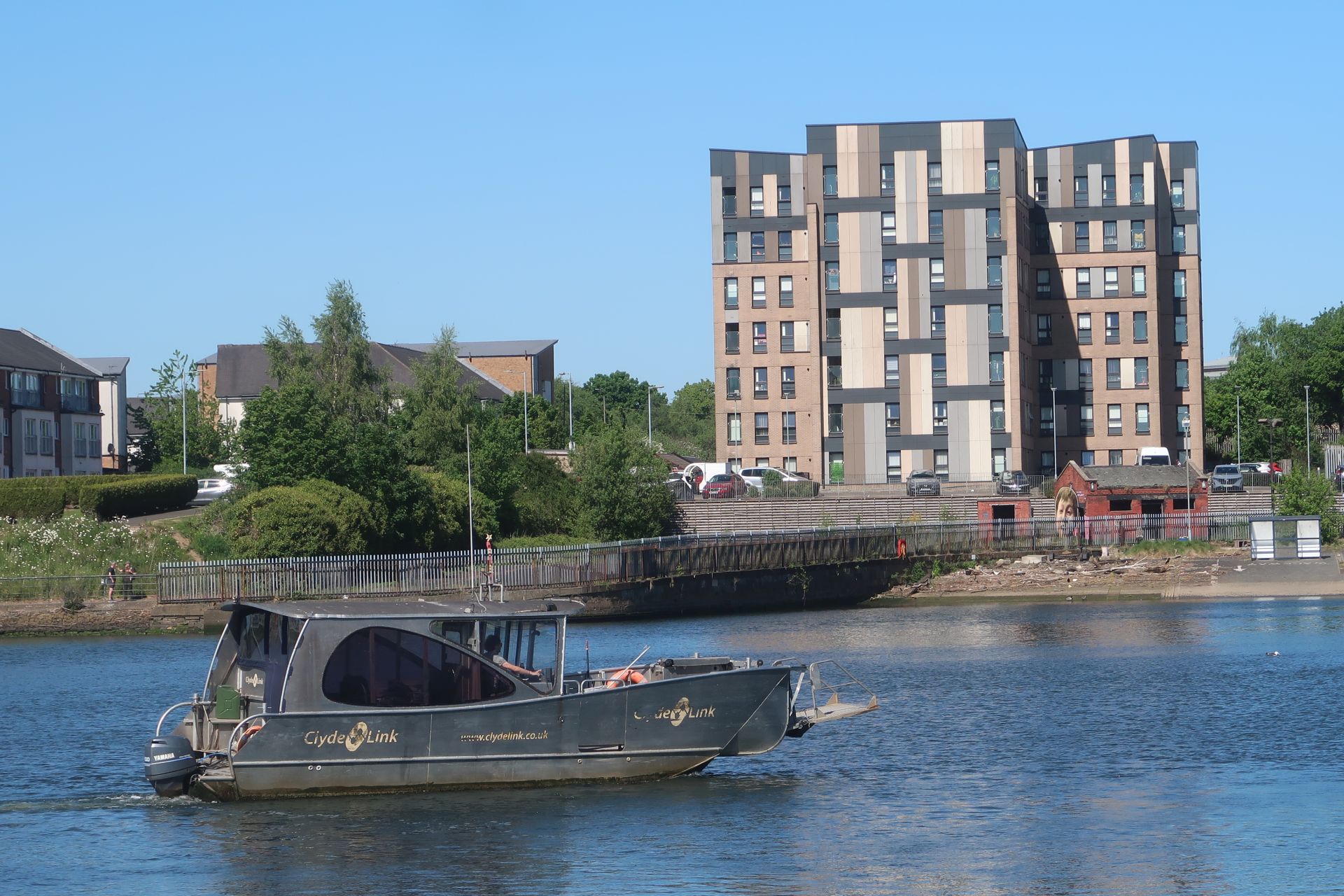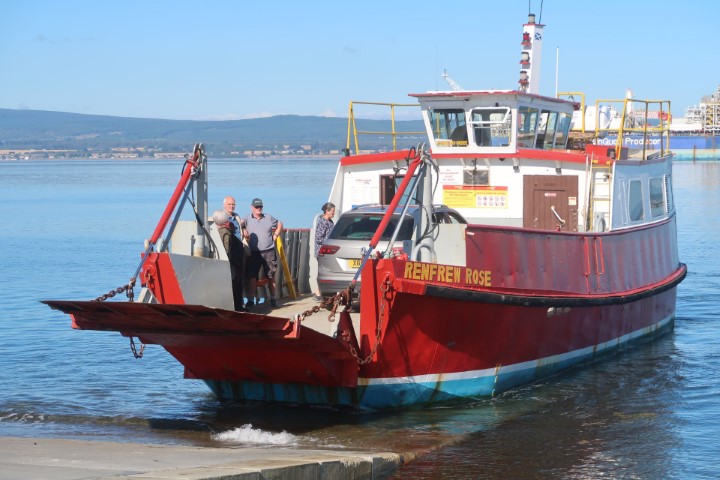Articles
Campaigning for efficient, sustainable and coordinated public transport
Articles appearing here and on the home page are submitted by SAPT committee members and established contacts who have highlighted particular aspects of newsworthy items.
These are typically reflective accounts based on personal experiences of travelling on public transport services, attending events, or having considered proposed developments and how they might best serve the needs of transport users.
The views expressed in Articles as not necessarily the views of the committee as a whole. We welcome comments and observations from members and others on scottishtransport@hotmail.com
Demise of Renfrew Ferry following opening of new bridge
14/06/2025
The Renfrew-Yoker passenger ferry was withdrawn on May 31, severing a public transport link across the River Clyde which had ...
Read More →
Route of Kings served by former Renfrew Ferry
19/09/2024
A ferry service has connected Cromarty and Nigg across the Cromarty Firth for centuries. It is known as the Route of Kings, as ...
Read More →


